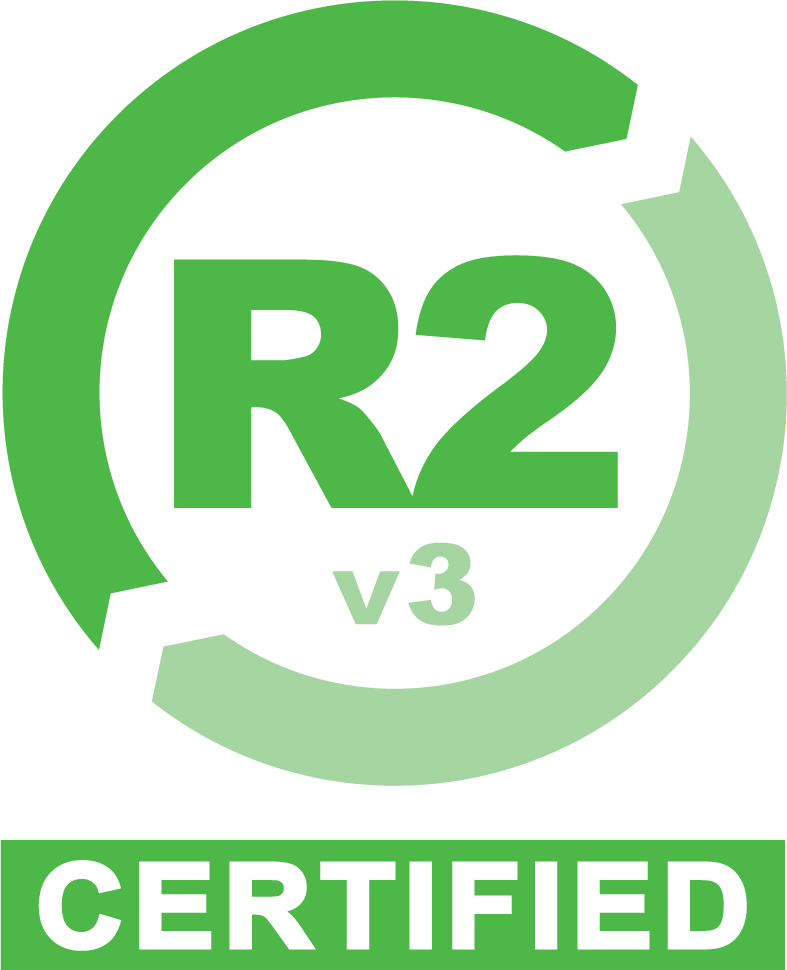What is an ITAD Program and Why Do You Need One?
 20
20 Mar
Whether you are a company just starting out or one that is reviewing your processes, you may have heard of an ITAD program. In fact, we talk about ITAD programs all the time, but we may sometimes take for granted that you know what it means. What is an ITAD program and why do you need one? Sadoff is here to lend a helping hand and provide some answers.
What Does ITAD Stand for?
ITAD stands for IT Asset Disposition. For some of you, the whole term might make sense now. However, if you are unfamiliar with asset disposition, to begin with, you may still need some help. In short, asset disposition is a log of your assets as they move throughout their lifecycle. This would include their location—either on your premises or who the asset is in the care of—and its status.
You can think of it a little like an inventory, and an IT asset disposition follows your IT assets specifically. Let’s take an example of a laptop. Your ITAD would follow your laptop as it enters commission, gets assigned out to an employee, gets its data wiped, re-enters service, gets assigned out again, and ultimately has its data destroyed and recycled. There may be more logged stops along the way including time spent in your secure lock-up, the time when it goes out for repairs, and even time spent in shipment to/from a remote employee or other locations.
What Makes a Successful ITAD Program?
If we had to pick one thing that makes a successful ITAD program, its diligence. Even if you have everything else in place and proper, every procedure outlined, every item accounted for, none of it will matter if your team is not putting in the work to log and track every IT asset as it moves through your company.
With that in mind, there are a few tips we would like to share:
- Use a team that you trust
- Ensure that there are multiple layers of overlap and accountability
- Make sure your procedures are well-defined
- Employ the use of ID numbers on all IT equipment, even if it will never leave your building or a given spot
- Make sure you have a strong end-of-life plan

Read More: E-Recycling for Managed IT Services
What is the Benefit of an ITAD Program?
You generally want to keep track of all your assets for a multitude of reasons. It points to the value of your company, helps you budget and make buying decisions, and it just makes good practical sense. Perhaps your IT assets may seem like a tiny sliver of that pie when looking at all your assets, but there’s something more at stake here. We are of course talking about your data.
You may be assigning out a $2,000 to an employee in the form of a laptop, but that laptop is actually worth far more than that. It has access to your systems and data and as it ages, the sensitive data present on its drives will only grow. You wouldn’t want to lose $2,000 any day of the week, but losing that $2,000 could also lose you far more if there was a data breach.
3 Ways You Can Reduce Your E-Waste as a Company
ITAD End-of-Life Plans are Just as Important
At the very end of any IT asset’s lifecycle, you need to start thinking about data destruction, recycling, and even IT asset remarketing. These are often things that you are not equipped to do yourselves. What you need is a partner that’s willing to contractually take 100% of the liability for that data and who is certified to handle data and electronic recycling. In short, what you need is a partner like Sadoff. You can reach out to us today and get a quote on our services!
Categorized in: IT Equipment

 Google map directions
Google map directions
 Google map directions
Google map directions
 Google map directions
Google map directions
 Google map directions
Google map directions
 Google map directions
Google map directions
 Google map directions
Google map directions
 Google map directions
Google map directions
